Inside Indie Filmmaking: Marketing, Distribution and Film Release
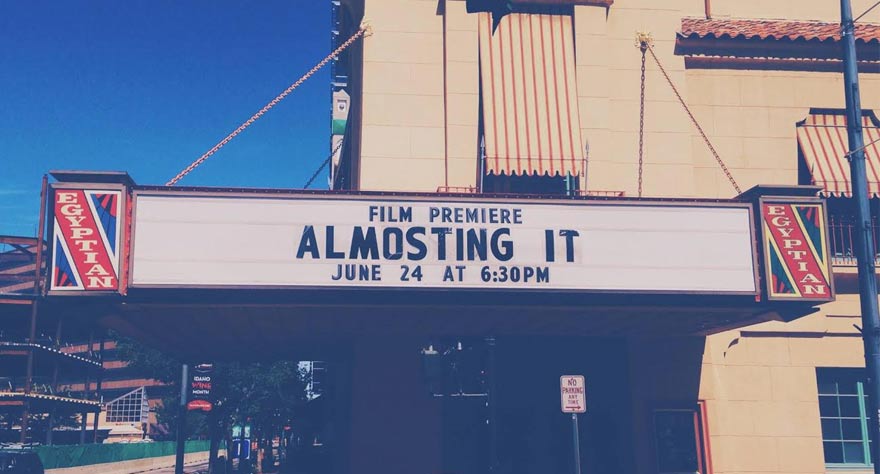
Distribution is weird. It’s complicated and ever-changing. It’s also something few filmmakers ever find themselves having to deal with, so it’s very difficult to find succinct information and/or advice on the topic. I’ve looked. I’ve asked. I’ve dug deep. Yet, for the most part, the best information you can find about distribution ranges from 500 word articles stating brainless bullet points:
Step 1 – Make an awesome movie (really??)
Step 2 – Get someone’s attention (sounds simple enough…)
Step 3 – Don’t get screwed (Well duh.)
The next best advice I have gotten (and coming from experienced indie producers and distribution reps) is to hire a consultant. Even the folks I know working with the studios have little help to offer since lack of distribution is never an issue at that point.
So what the hell can you do?
What I’m going to talk about might not work for everyone. The route I have decided to take is something I have more or less made up as I go, consisting of all the little tidbits of information I garnered from all my searches and inquiries on the subject. My film, Almosting It, premieres in less than a week. On June 26, we open in a select number of theaters in the state. After our initial limited run we will continue out of state. Our goal is to build our assets, seek a break-even point, and get ourselves into a position where we can nearly guarantee a sale/deal in the fall of this year.
Looking above at the “3 steps,” I’m going to use that model to really break it down—since it seems to be the “web approved model”—except that this is the von Tagen take on things.
Step 1 – Make a Good Movie
This really means, “build your assets to make you a purchasable entity.” Even though this is my first time out of the gate, I believe there are three levels to a movie’s success and quality, which are directly drawn from 3 specific aspects:
1. Critical Approval (what you care about) – This comes from a solid script.
2. Audience Approval (what your friends care about) – Same as above, plus strong production value.
3. Financial success (what distributors care about) – Same as above, plus star power.
If you have these three things in place (all of which we have discussed in previous articles) you will have a good movie.
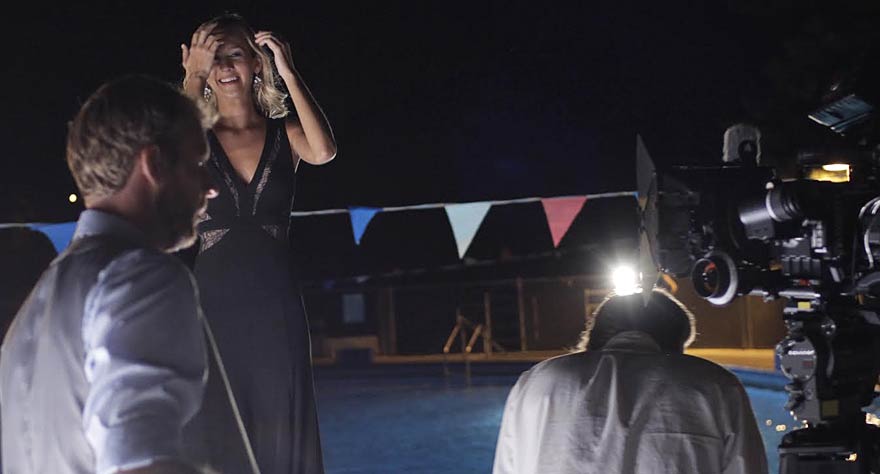
Next are the other assets you need in place, primary of which being web presence. When I decided to spend the summer running a limited release, I set goals for this. By the time November comes (when I plan to make the final deal) I want the following:
1. 10,000 Facebook Followers (presently at 1, 417)
2. 5,000 Instagram Followers (presently at 1,223)
3. 1,000,000 trailer views on YouTube (presently at 44,678) Filmmakers: even though Vimeo might be higher quality, general users—and therefore, distributors—don’t care at all about your presence there.
4. 5 articles published by a high-profile like Huffington Post (presently at…let’s say we’re a Way Too Indie exclusive for now)
5. Solid website (check) Note: Facebook does so much, but in a meeting with professionals, you must have a real website.
6. Five higher profile festivals (largely because it assists in building the above mentioned assets)
All of this should be started in pre-production. I made the mistake of discounting it all until I began prepping for the release (simply because no one told me how important it all was until after the fact).
The point of the assets is that they prove to a buyer people are aware of you and that there’s potential for them to make money off of you. With all of this in place, you should be what a buyer would consider a “good movie.”
Step 2 – Get Someone’s Attention
Ideally this means “be amazing.” For most of us, it really means “be annoying.” Seriously, become that girl/guy. If this was dating and not business, you’d be considered a stalker. Call until they answer. Show up unexpectedly. Do what it takes, and remember: emails are for chumps (it’s too easy to ignore an email).
Whose attention? Depends on the task. When booking theaters, it was the owners. Coverage, the local reporters. Premiere plans, the local players. If you are willing to take no for an answer, make them say “no.” Don’t let silence speak for them.
Step 3 – Don’t get screwed.
The trick to this is to not be desperate. You will never get a good first offer. I know: we are all anxious to do good and begin earning. But if these offers come before you have finished building your assets, you will always get a better offer later—so hang tight! If you have name talent and are already listed on IMDB without a distributor or sales agent listed, the emails from hungry sales reps will flood you surprisingly quick. What to watch out for:
1. “We represent over 1,000 titles!” aka, “we have little time to spend on you.”
2. “We can get you on Netflix!” Streaming or DVD? Most Netflix deals are a one-time payout, and for maybe $1,500 (or worse, you pay Netflix). Without high “queue demand” (aka: what your assets do for you), you will never see another dime from Netflix.
3. Refusal to share hard numbers for the titles they represent or share with you an actual game plan. To most of these guys, your films are like penny stocks. They scoop them up with zero risk or investment on their end. And with 1,000s of titles, it never matters to them if your title turns much of a profit; they will do just fine.
Seriously, just don’t be desperate. You have what THEY want, not the other way around.
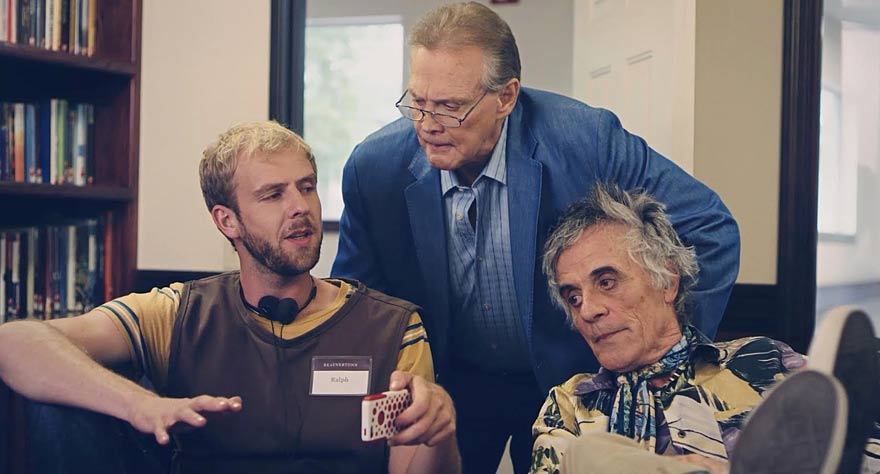
Building Assets
So maybe now the thought on your end is, “Great, I’ve been told what to do, but not how to do it!” Steps 2 and 3 are entirely dependent on step one, so that’s what I’ll focus on.
Much like financing, I’m very old-school in my approach to a lot of this. Assets are built by getting in the public eye, which pretty much means releasing/screening the film.
With so many DIY avenues in video on demand (VOD) platforms such as Vimeo, a lot of people think this is a good route to go for exposure, web presence and maybe make a few bucks. I disagree for the same reasons I disagree with crowdfunding: unless you have a large viral campaign or make it your 25-hour-a-day job, the only people who will watch the film are your friends. It’s also unsustainable because it keeps people contained. My approach is a theatrical release. Also, no filmmaker ever sat on set thinking, “boy, I can’t wait for people to watch this on their iPads!” Movies belong in theaters.
“But isn’t that distribution??”
I call it “pre-distribution,” and 2015 has made it so unbelievably easy to do that it is stupid. All you need is a finished film, the internet, and maybe a few thousand dollars for micro-marketing. (Even without the marketing, you can still get a theater for less than $100 a pop.)
dcpomatic.com – There, you can print your own DCP (digital cinema print-required for digital projection theaters) for free. Boom! Done! I have obviously tested it and the quality is phenomenal. The final DCP for the feature is also only 120GB, which fits onto a 128GB thumbdrive, which can be bought at Best Buy for $35.
gotprint.com – They have you covered for all your print needs. For $750 you can get 250 full-sized One-Sheets (not bad, considering the local print shop wanted $900 for 25). You can also get 1,000 full gloss, double-sided lobby cards for $44. What?! I’m not trying to promo these two entities, I’m just saying they have made it so cheap to get it out there at the basic level. Here’s a break down for 1 theater.
1 DCP – $35
2 One Sheets – $6
100 Lobby Cards – $4.40
Okay, I lied above. Minimum cost for a theater run without big marketing is $45 a screen…
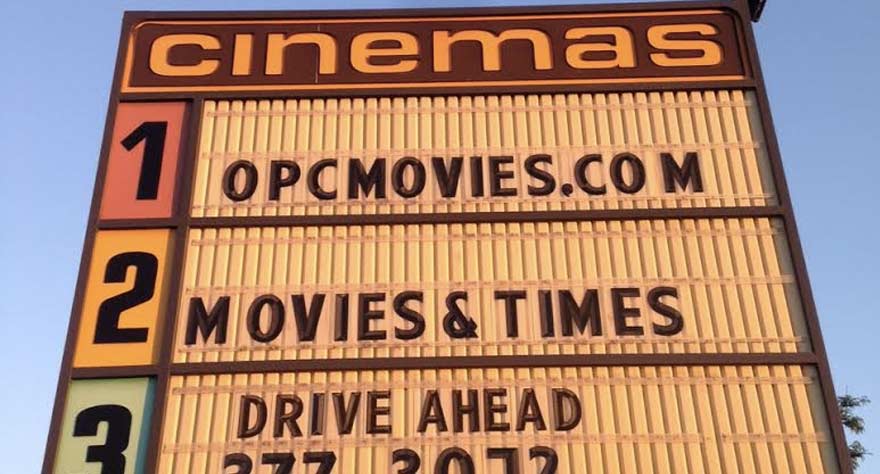
For anyone who wants to argue the replacement of film with digital beyond the preference of a studio auteur…stop. This revolution has just made it possible for you have an unrepresented theatrical run. Just for a comparison, a 35mm print of a feature film probably runs close to $40k a piece these days. And after 4 weeks of play it is close to destroyed. Love digital; it will open doors.
Beyond that, it’s back to basic selling. Look online for a list of privately owned, independent theaters (non AMC, Regal, etc., though those are still an option) in your area or beyond. If you have the three elements—Solid Script, Solid Production Value, and Star Power—you should have little problem convincing the small private theaters to give you at least a week. Done-zo! Ride it as long as you can, use it to build your assets, and get ready for market. In the meantime, you are legitimately in a theater.
Other Tips
-Cut a fantastic trailer. This is an art in itself, but it is soooo important. All of our theaters were booked off of the trailer alone. The theater will also use it for marketing, so get them a DCP of the trailer as well. It’s the best and cheapest marketing you can do, because it is hyper focused on the demographic: theater goers to that specific theater.
-Learn the Lingo. Know what a one-sheet is (and have a good one!). When a theater asks “what are you paying?” they mean, “What percentage of ticket sales do we keep?” Hint: Studio first-runs pay between 20-30%, depending on the size of the film and the release. Since I went in as an unknown and unrepresented, I paid between 60-65%. This works so well, because it rewards theater for taking a chance while decreases risk, since they only have to sell half the tickets to make the same amount as they may have off of a larger film. On the filmmaker’s side, it’s all profit since you aren’t paying to be there.
-Four-walling is always an option, but I have chosen to avoid it. Again, if you did your due diligence in making the “good film” that we described above, you should have little trouble convincing a theater to exhibit you the normal way.
-Research the current trends and upcoming releases. Know what you are up against before you speak to the owners.
-Get creative with your marketing. Get people excited. TV ads are expensive, but radio is cheap and always willing to do on-air promos or give-aways. Radio is also on 24 hours without network programming. Get the press to love you from the start.
-Most important, be confidant. Again, give the impression that this is the film to screen, and they will be losing out if they don’t.
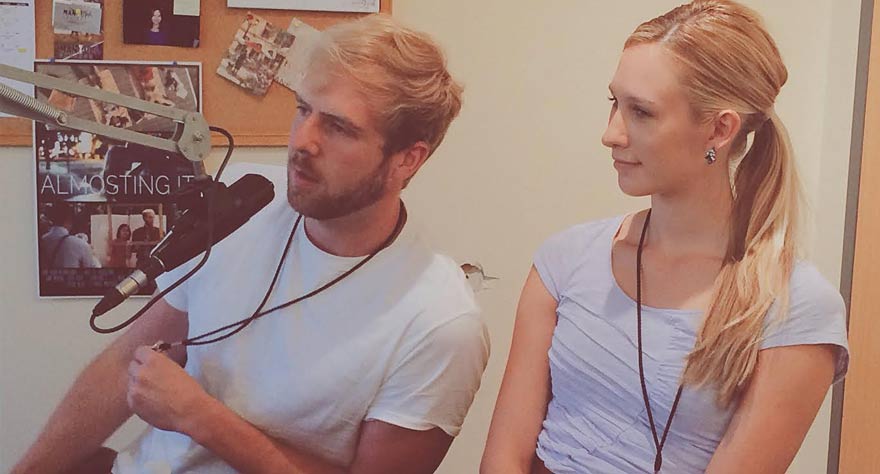
I am just beginning this process. I have my screens booked, and marketing is under way, but it is still anybody’s guess if it will actually work. So far, everyone seems receptive, and it is reassuring to know we are about to jump straight into a profit turn while still maintaining all the sales rights to our own material, which will be key later on down the line. There is really no way to lose at this point, and at the end of the day, no once can ever blame you for not trying since there is no higher privilege in the film world than legitimate theatrical exhibition.
I’m excited to see where things go. After 17 months of working on Almosting It, it feels wonderful to be spending time focused on another very important angle of the filmmaking process. Selling the film gives you an excuse to be excited again; that is what will move the product. I consider myself very fortunate to live in a time where all of this is possible. Just remember: sky’s the limit. Nothing is impossible. That’s what film is all about: bringing life to things that could only once exist as a dream. I can’t wait to share the stories after our releases. Even if we don’t open as well as we hope, we are still doing it, living the dream without the worry that we should have dreamed bigger.
